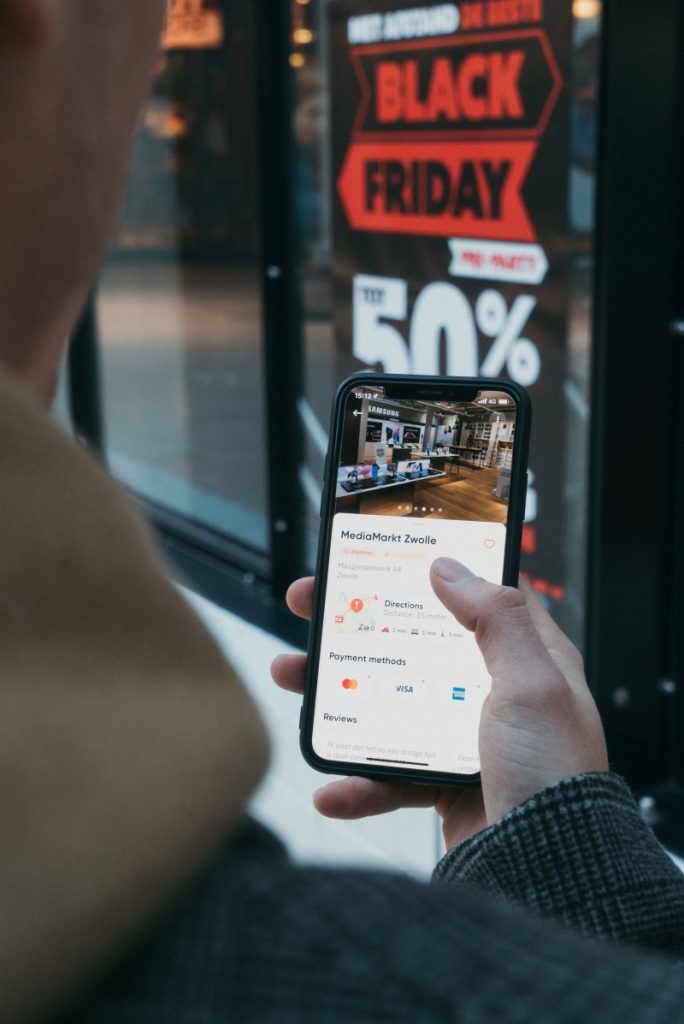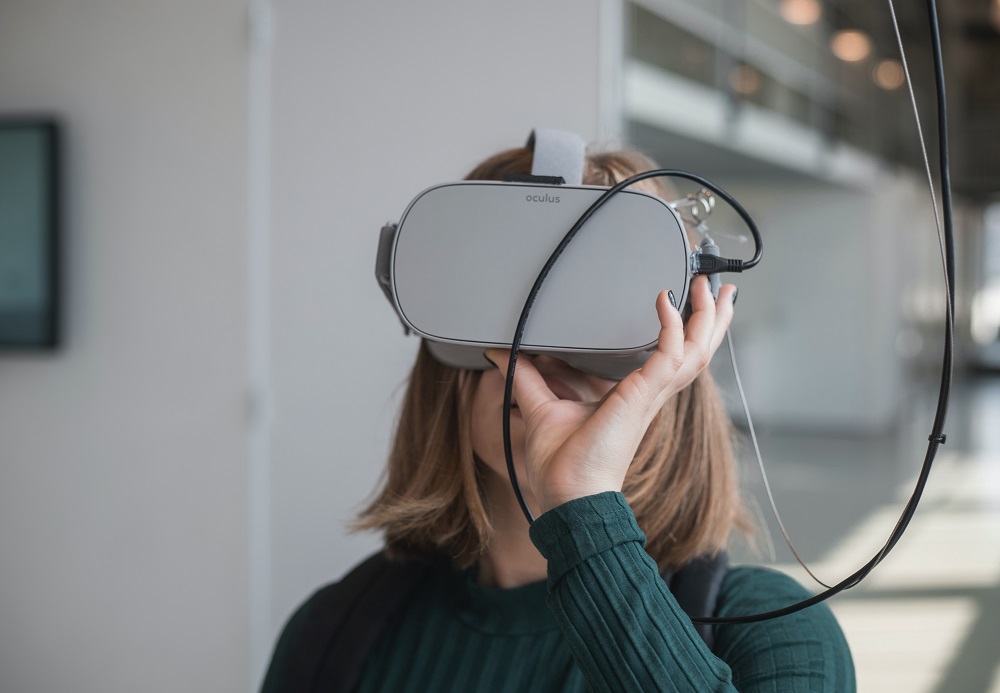The rise of ecommerce has transformed the way we shop, but it has also presented new challenges for online retailers in creating an engaging and immersive shopping experience for their customers. Augmented reality (AR) and virtual reality (VR) technologies offer a new way of bridging the gap between the physical and digital worlds, allowing ecommerce website development to create a more interactive, personalized, and memorable shopping experience for their customers.
What is Augmented Reality (AR)?

AR is a technology that overlays digital images, animations, and other multimedia content onto the real world, creating a blended or augmented reality. AR applications use the camera of a smartphone, tablet, or other mobile device to scan a physical object, such as a product or a QR code, and then superimpose digital content on top of it, such as product information, reviews, or promotional offers. This allows customers to see and interact with the product in a more immersive and engaging way, making it easier for them to make informed purchase decisions.
How AR can Benefit Ecommerce Websites?
AR offers several benefits for ecommerce websites in terms of customer engagement, conversion rates, and customer satisfaction. Here are some ways AR can benefit ecommerce websites:
Product Visualization: AR allows customers to visualize the product in 3D, rotate it, zoom in and out, and see it from different angles, providing a more detailed and realistic view of the product. This can help customers to understand the product better, visualize how it would look or fit in their home or office, and make an informed purchase decision.
Personalization: AR can be used to create personalized shopping experiences for customers by offering tailored product recommendations, styling tips, and suggestions based on their preferences, purchase history, and browsing behavior. This can help to increase customer loyalty and repeat purchases.

Interactive Product Catalog: AR can be used to create an interactive product catalog that allows customers to browse and explore the products in a more engaging and immersive way, making it easier for them to find what they are looking for and discover new products.
Try Before You Buy: AR can be used to create a virtual try-on experience for products such as clothing, jewelry, or makeup, allowing customers to see how the product would look on them before making a purchase. This can help to reduce returns and increase customer satisfaction.
Gamification: AR can be used to gamify the shopping experience by creating interactive games, challenges, or quizzes that reward customers with discounts, free shipping, or other incentives. This can help to increase customer engagement and loyalty.
What is Virtual Reality (VR)?
VR is a technology that creates a completely immersive and interactive digital environment, allowing users to experience a simulated reality as if they were physically present in that environment. VR applications use specialized headsets or devices that display digital content in a 3D space, tracking the user’s movements and gestures to create a realistic and interactive experience.

How VR can Benefit Ecommerce Websites?
VR offers several benefits for ecommerce websites in terms of customer engagement, brand awareness, and sales. Here are some ways VR can benefit ecommerce websites:
Virtual Showroom: VR can be used to create a virtual showroom that allows customers to explore and interact with products in a fully immersive and interactive way, providing a more engaging and memorable shopping experience.
Brand Experience: VR can be used to create a brand experience that showcases the company’s products, values, and mission in a more creative and interactive way, helping to build brand awareness and loyalty.
Virtual Events: VR can be used to create virtual events such as product launches, fashion shows, or trade shows, allowing customers to attend from anywhere in the world and providing a more inclusive and accessible experience.
Training and Education: VR can be used to provide training and education for customers on how to use the products, troubleshoot common issues, or learn new skills. This can help to increase customer satisfaction and reduce support costs.
Virtual Try-On: VR can be used to create a more immersive and realistic virtual try-on experience for products such as furniture, home décor, or even cars, allowing customers to see how the product would look or fit in their environment before making a purchase.
Conclusion
AR and VR are rapidly evolving technologies that are transforming the way ecommerce websites engage with customers, and the shopping experience as a whole. These technologies offer a new way of bridging the gap between the physical and digital worlds, creating more interactive, personalized, and memorable shopping experiences for customers. With the increasing adoption of AR and VR, ecommerce website development that leverage these technologies will have a competitive advantage in attracting and retaining customers, increasing brand loyalty, and driving sales.

